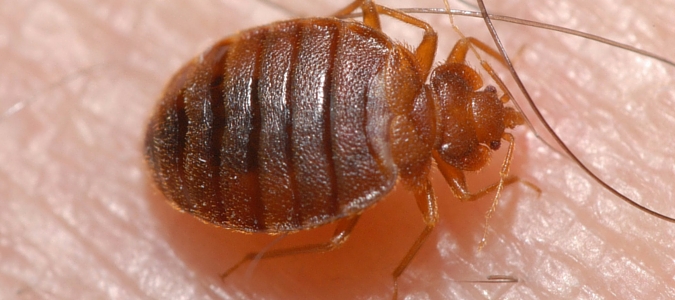Where There’s One Ant, There’s 100 More
How communication leads to an infestation
If you see even one ant in your San Antonio area home, the reality is that there are probably hundreds more that you haven’t spotted yet. Fortunately, scouting ants are the first to enter a new dwelling, so you do have the opportunity to prevent a major infestation by contacting a professional pest control company at the first sign of an issue.
Do Ants Talk?
Research indicates that ants begin communicating with each other from the late pupae stage, and it’s an imperative aspect of community safety. As soon as each ant matures enough to develop a hardened exoskeleton, they’re able to make noises by using one of their hind legs to strike a spike located on their abdomen. The most interesting aspect of this form of communication is that entomologists believe it’s used primarily to receive assistance during an emergency. For example, if an ant encounters … Read Full Post »
